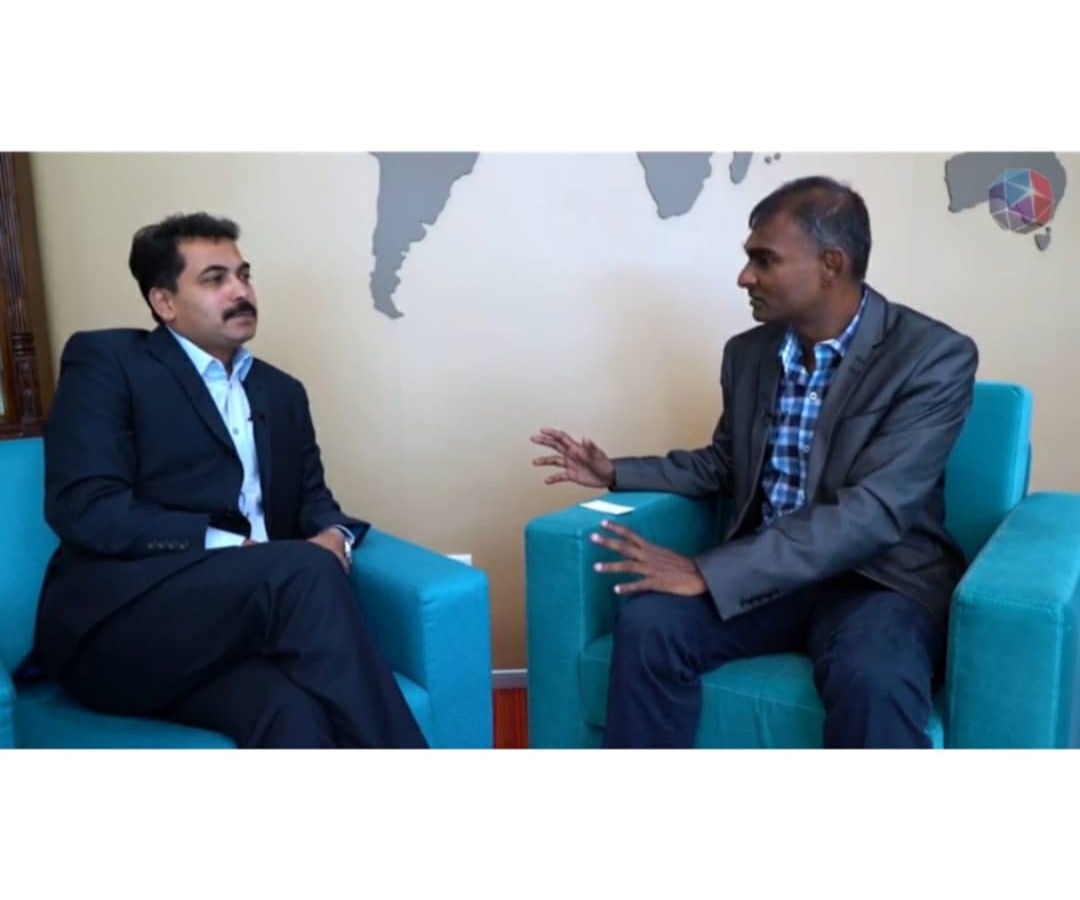6 Key Steps to Overcome Fear in the C-Suite

Fear has been a prevalent emotion over the past year thanks to the sudden impact of COVID-19. But fear does not always manifest as the fright we feel watching a horror movie. In the C-Suite, fear often presents itself as a lack of sharing, combat, indecision, tension, boring meetings or dependence on the CEO for management of disagreements or decision making.
The impact of fear in the C-Suite is enormous and the impact that trickles down is profound. We now have undeniable proof that when team members feel safe to be who they are, say what they think and feel, and know they will not be attacked or judged, their team performance is remarkable.
It is essential that C-suite teams understand how to manage their fear individually and collectively. By doing so they will enable the safety that is essential for strong teamplay, courageous behaviour and communication.
Here are six key steps to conquering fear at the highest levels in the organisation:
1. Recognition
The first step is to understand where fear is holding the Executive team back. Scan the C-suite leaders for courage, willingness to be vulnerable, humility, openness, sharing and asking for help, good listening and contribution across the board, fun meetings, ability to change direction or adopt new ideas. These are all key lag indicators of a group of people who are managing their fear.
2. Compassion
How capable are the individuals of having kind and clear conversations that show compassion towards each other? How able are the individuals and the group to acknowledge and accept mistakes, own their emotions and create the safe space required to hold each other accountable or drive each other's best selves?
3. Separation
Perceived threats – real or not – lead us to either flight, fight or freeze. While essential for our survival, it often gets triggered unnecessarily. Therefore, we do not always need to listen to our fear. Understanding that our fearful reaction wants us to behave in one way (avoid, attack or go mute) means we can notice when it is happening and call it out so that we can separate the fear from our action.
4. Evaluation
We don’t want to be fearless as fear has many positive qualities. However, when fear gets in control it can dominate the agenda, our behaviour or the decisions we make. It is like having a loud guest present at all interactions and steering the conversation in a direction of avoidance or conflict. The team can learn to develop the skill of working out when the guest of fear is telling the truth and whether it is helpful or unhelpful.
5. Decision
Separation leads to a moment to reflect and prevent our reactions controlling our responses. We can make decisions that are thorough rather than biased by ego or group think. As collectives, teams need to capitalise on each other's capabilities, learning how to explicitly support each other to use fear as a guide but not a director.
6. Experimentation
On the other side of fear is growth. For some it will be stretching into vulnerability or trust, taking risks and pushing to continue learning. For others it will be about taking space, staying agile, leading with firmness, taking responsibility, and being a thought or community leader. Using a hierarchy of increasingly different scenarios, we can experiment our way towards the behaviours we know we want to have, experiment with moving through fear safely.
If C-suite teams understand how to manage their fear they can help the rest of the organisation manage theirs. All of us need to experiment with being bolder, always. It is essential if we are to help the organisation reach its potential. Don’t let fear stand in the way of what you could be.
Watch this great interview with Jamie Andrew, who overcame his fear of losing all 4 limbs, and learnt how to scale mountains with no limbs
If you would like to learn how you too can scale mountains and overcome fear, subscibe for necole and join the Mindset & Competition community led by GE veteran, Michael Petrucelli. You will learn how you can overcome the greatest hurdles in life and move forward in your life. To subscibe to necole, click here
Business
Tags: Covid-19, Financial crisis, Executing Leadership, Moral Character





